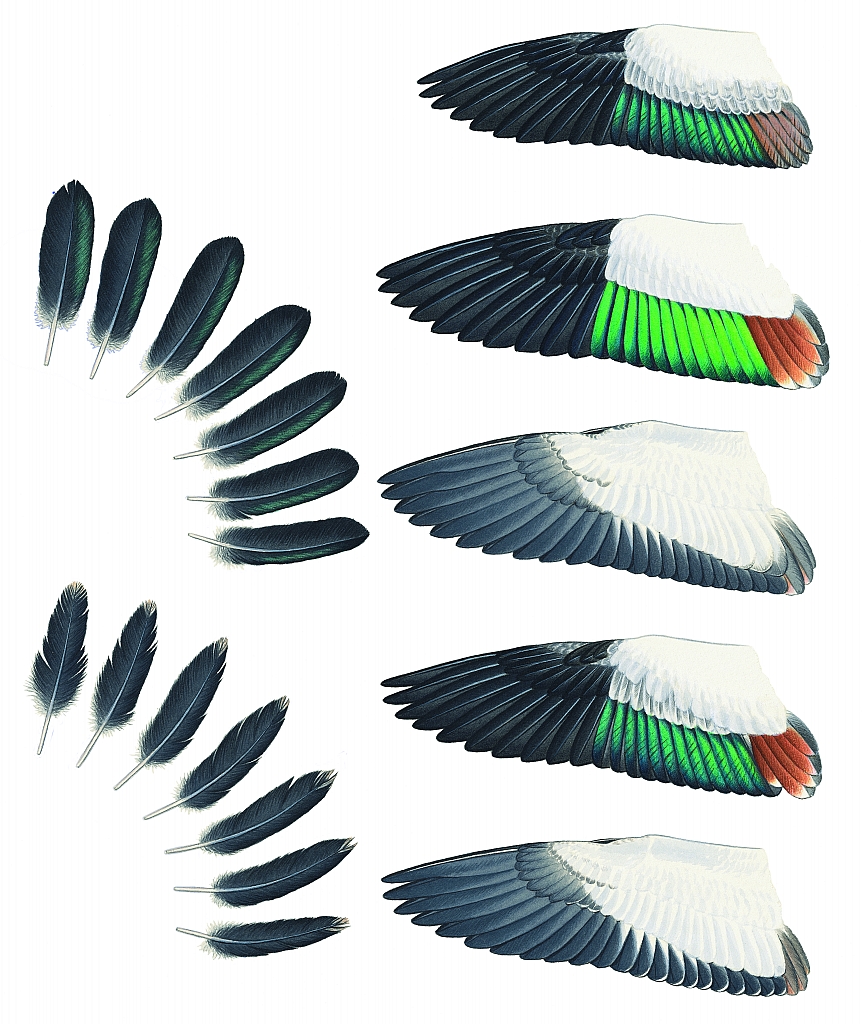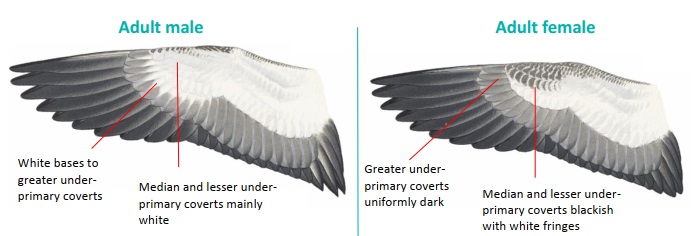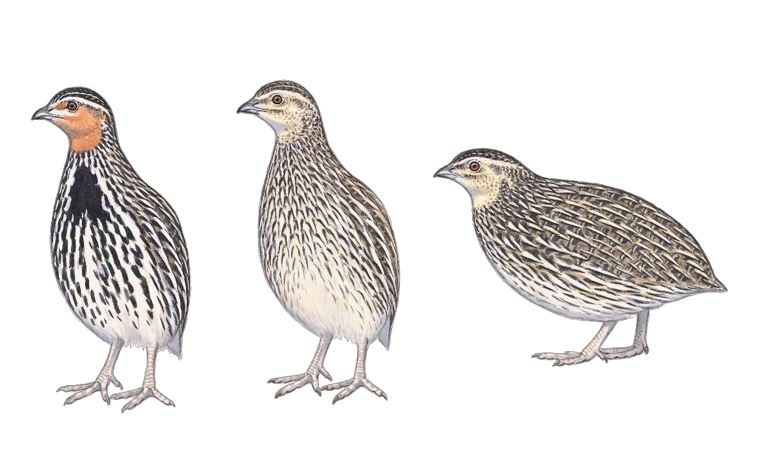ARI has completed a comprehensive report on how to age and sex game bird species from their wing and tail plumage. The work, commissioned by the Game Management Authority, is primarily to assist management staff to accurately collect age and sex data from birds in the possession of hunters during the hunting season.
Age and sex data from individual birds is used to estimate age and sex ratios for the species’ broader population. Such population statistics can be used to build the population models that inform decisions about the hunting season, such as the duration of the season and daily bag limits.
The report identifies key features that can be used to determine age and sex of nine game bird species (eight ducks and the Stubble Quail). These age and sex characteristics were identified by examining museum skins, and wing and tail specimens obtained from hunters during opening weekend of the 2017 and 2018 duck hunting seasons. The study also considers the reliability of ageing and sexing characters, including some features that were previously unknown.
The report doubles as a field guide with commissioned paintings showing the differences between males and females, and between adults and juveniles. These illustrations are annotated and set out as double-sided sheets, so they can be printed, laminated, and used as ‘stand-alone’ ageing and sexing guides in the field. Wing and tail plumage characteristics were chosen as identifying features as it is relatively simple to remove wings and tails from birds harvested by hunters.
It is intended that the guide will be used by natural resource management practitioners, ornithologists, and hunters with an interest in the demographics and moult patterns of game birds.



For more information contact: danny.rogers@delwp.vic.gov.au
The guide is available below:
- Rogers, D., Menkhorst, P. and Davies, J. (2018) Ageing and sexing Victorian native game birds using plumage characters. (PDF, 7.7 MB) Arthur Rylah Institute for Environmental Research Technical Report Series No. 294. Department of Environment, Land, Water and Planning, Heidelberg, Victoria
(accessible version (DOCX, 10.1 MB))
Page last updated: 04/12/25